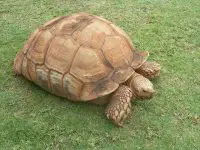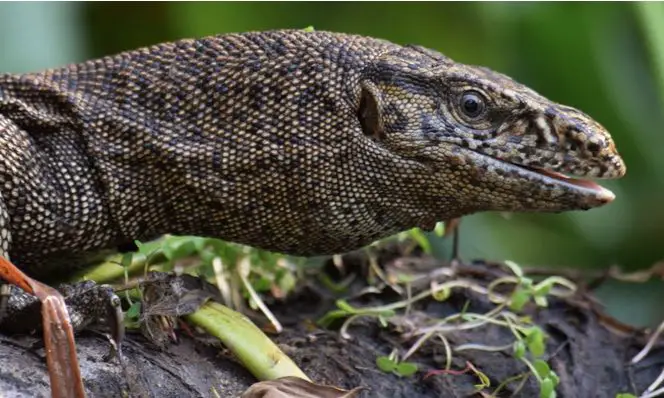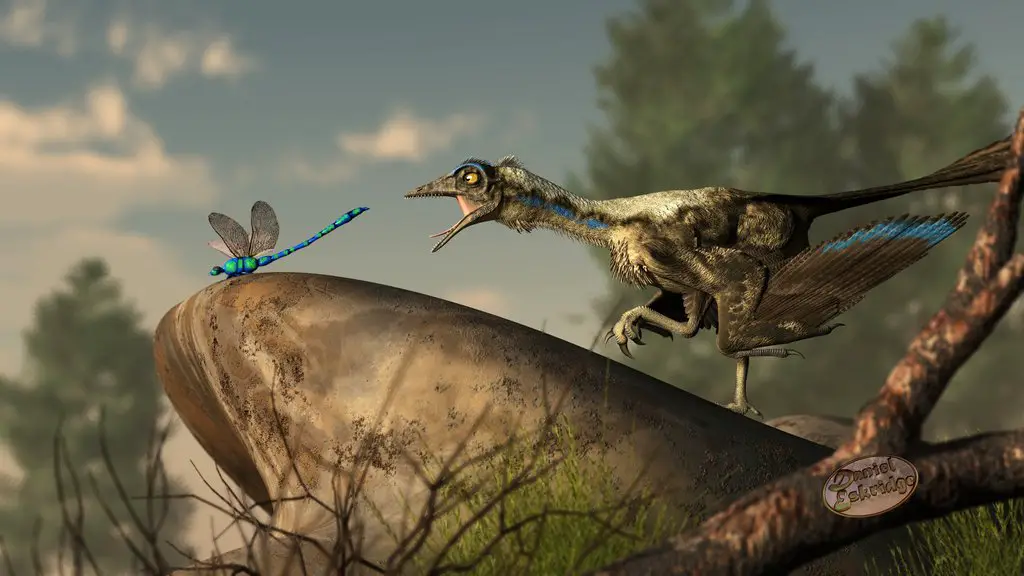African spurred tortoise (Centrochelys sulcata) inhabits Sahara desert of Africa. After Galapagos and Aldabra giant tortoises, these tortoises are the world’s largest mainland species of tortoise. Sulcata tortoise (its other name) is also the world’s third largest tortoise species. From the genus Centrochelys, African spurred tortoise is the only species in this genus. Its scientific name is derived from the Latin word which means ‘furrow’. It was named because of the lines or furrows on the scales of these tortoises.
These tortoises can grow as long as 83 centimeters in length and weigh around 231 pounds. At birth, the hatchling is about 5 to 7.6 centimeters long.
It is a long-lived tortoise and has a lifespan range from 50 to more than 150 years.
Mating season fo r these tortoises occurs between September and November.
r these tortoises occurs between September and November.
A female tortoise lays a clutch size of 15 to 30 eggs. The time interval between each egg is 3 minutes. The eggs are hatched after 90 to 120 days.
They occupy steppes and thorny grassland habitats in African countries like Ethiopia, Sudan, Mauritania, Burkina Faso and Senegal. These are dry regions and the African spurred tortoises tend to dig burrows in the ground in order to get away from the extreme heat of the day. These burrows can be as deep as 76 centimeters.
These tortoises are greedy herbivorous reptiles and tend to eat a wide variety of fiber-rich plants and grasses like dandelions, cactus pads and hibiscus leaves. They get calcium from the soil and do not really prefer eating fruits. They usually feed on low-protein diet.
Other Name: Sulcata Tortoise





